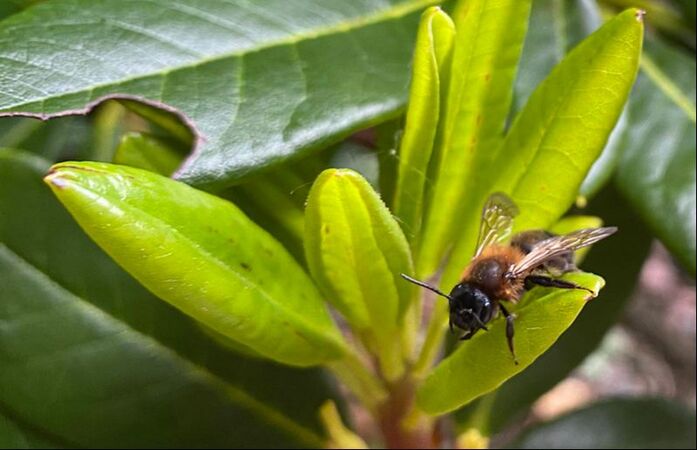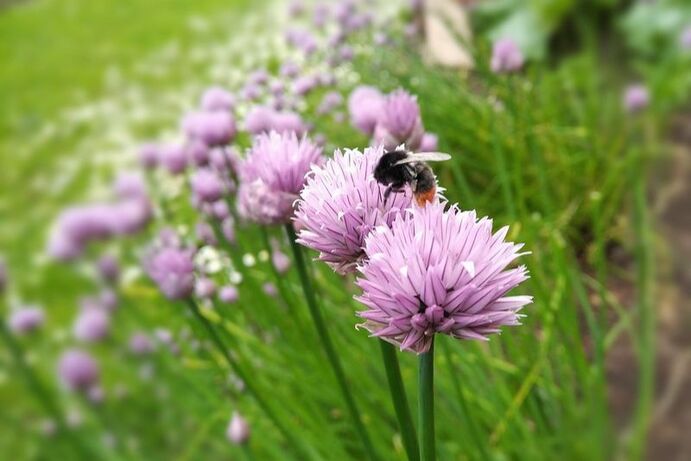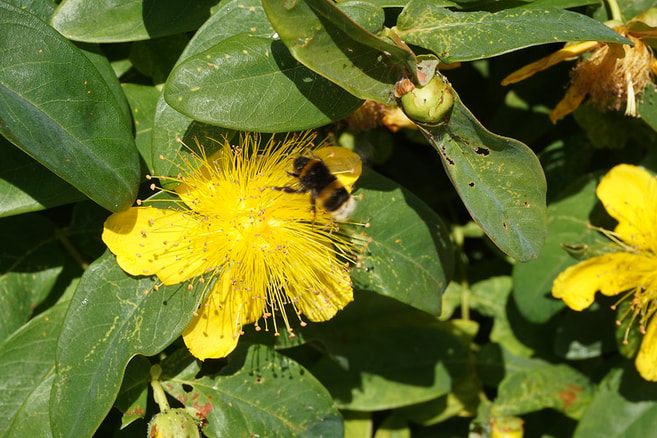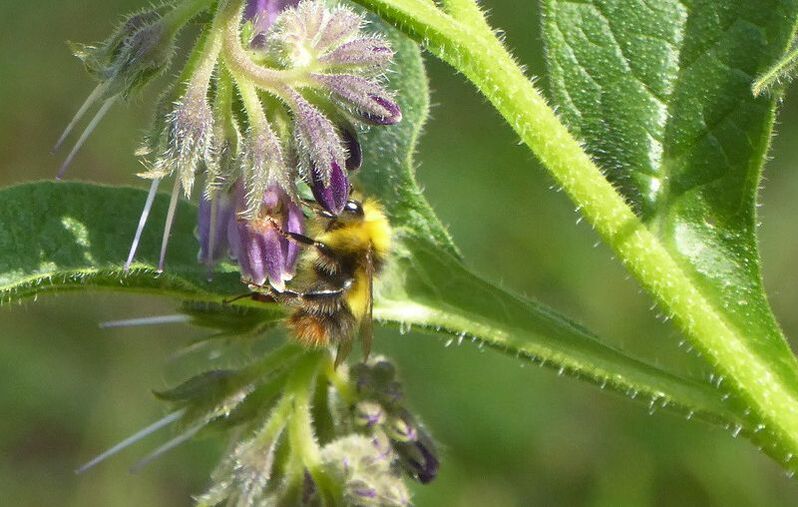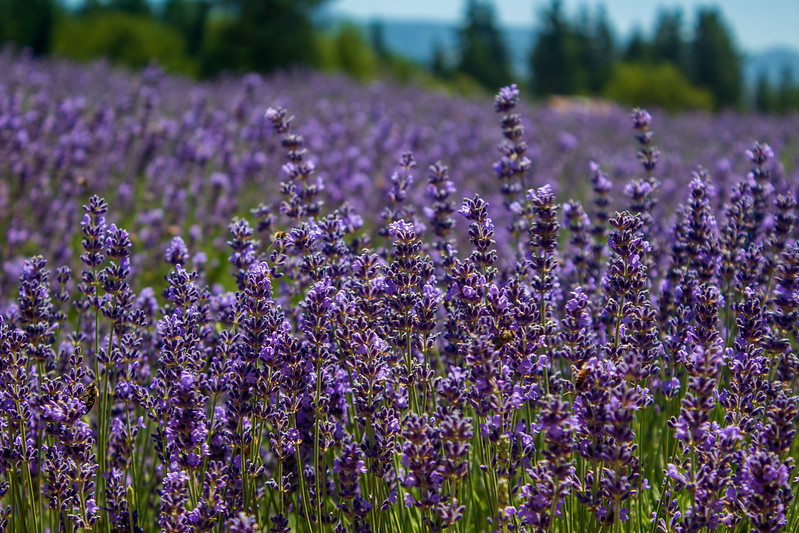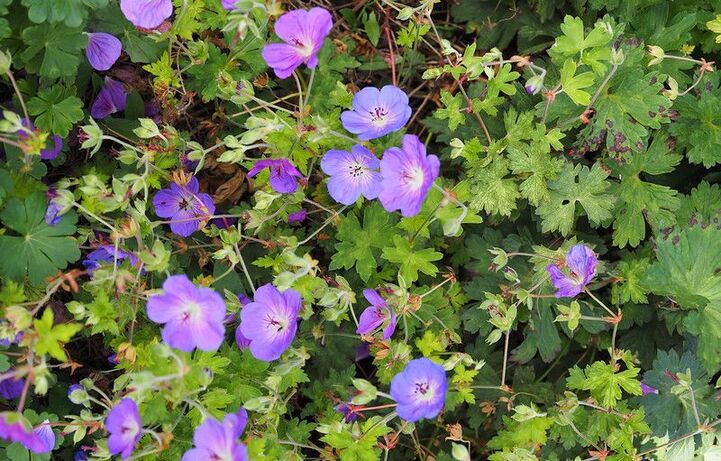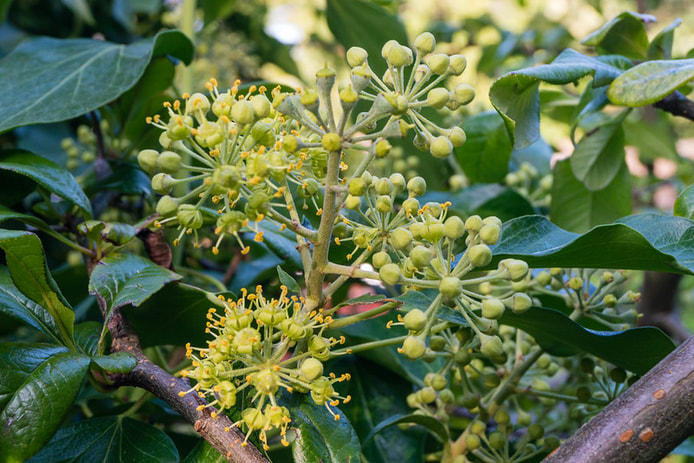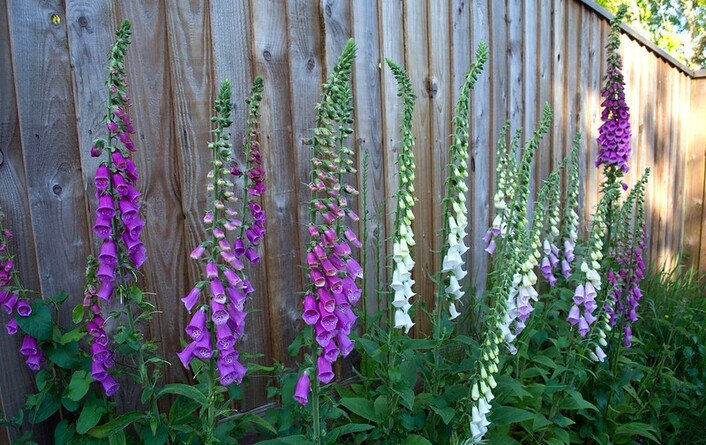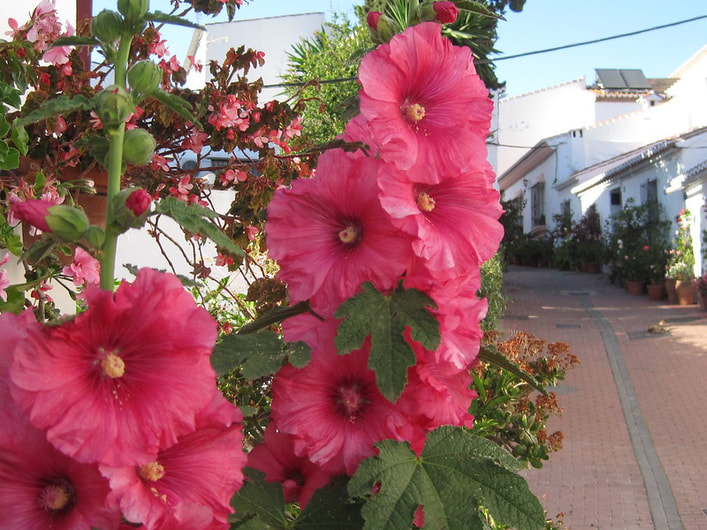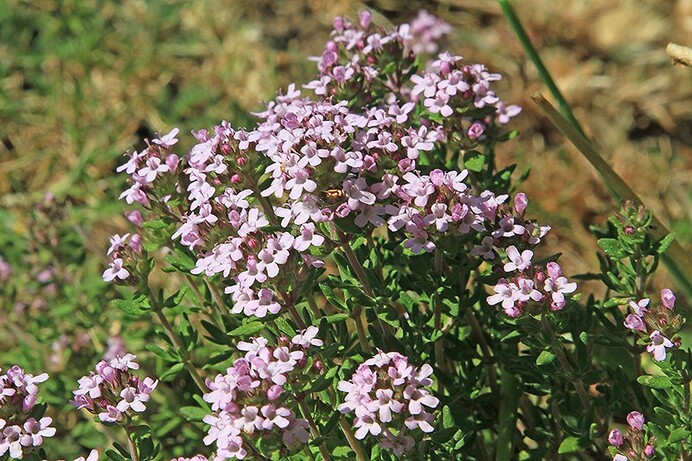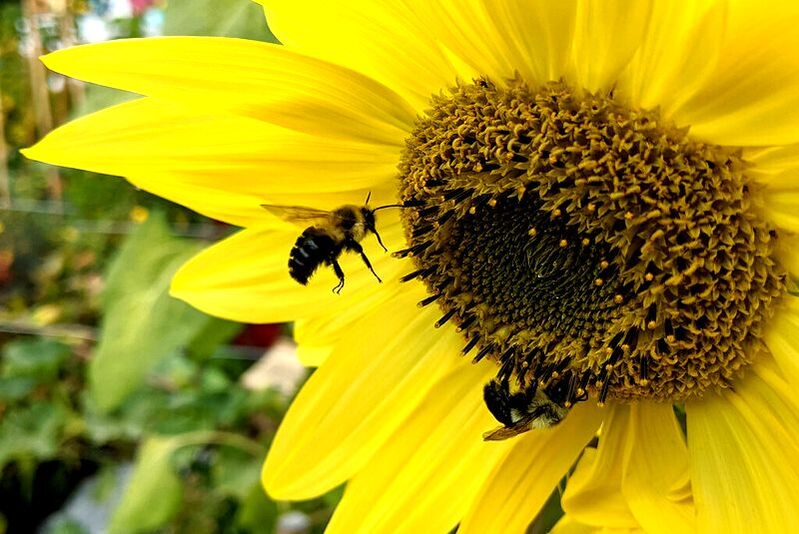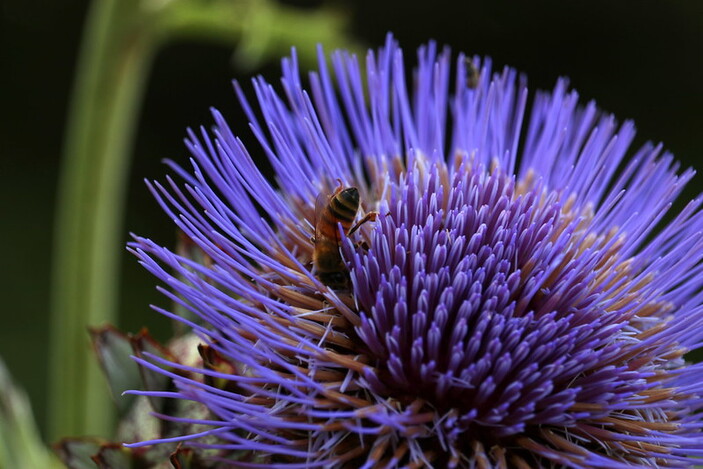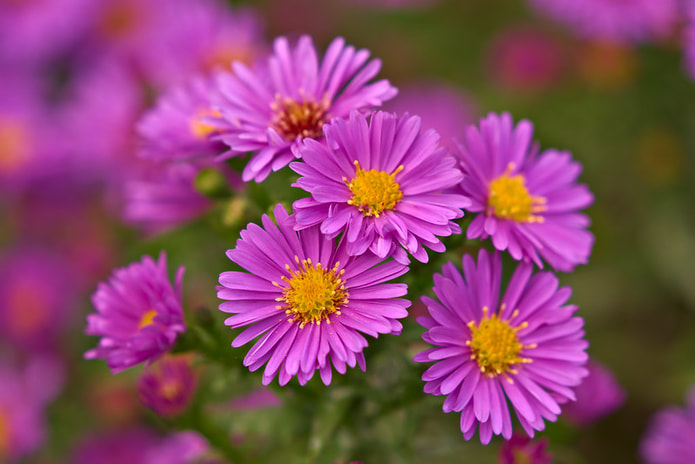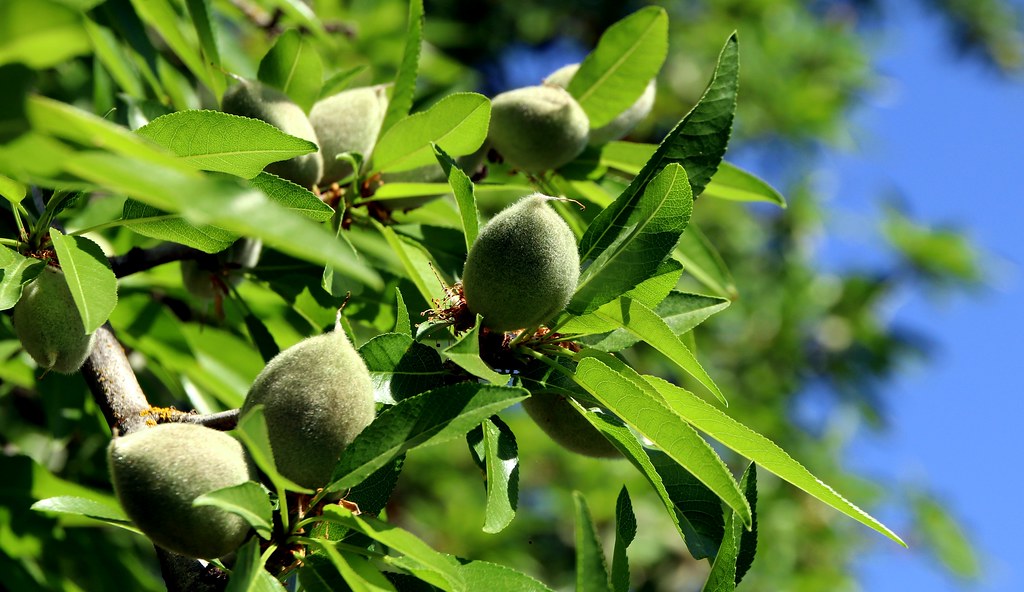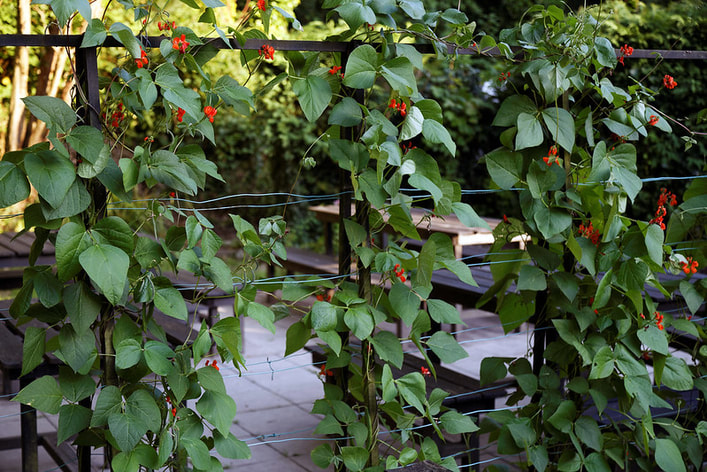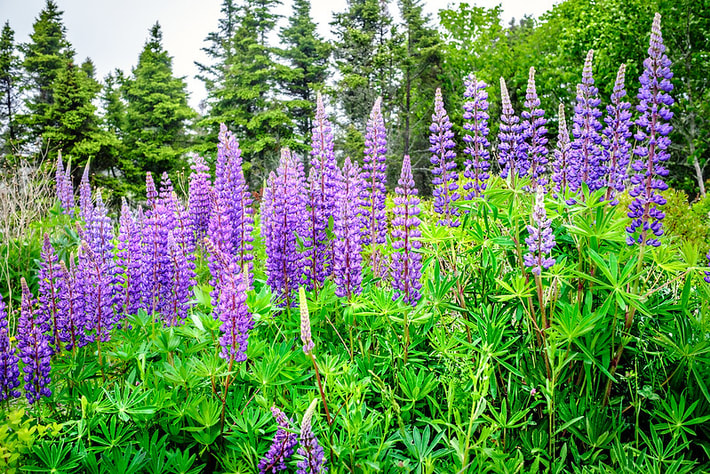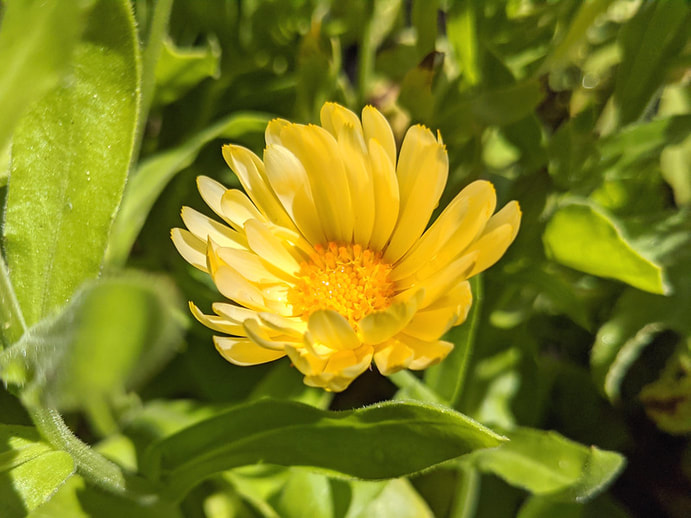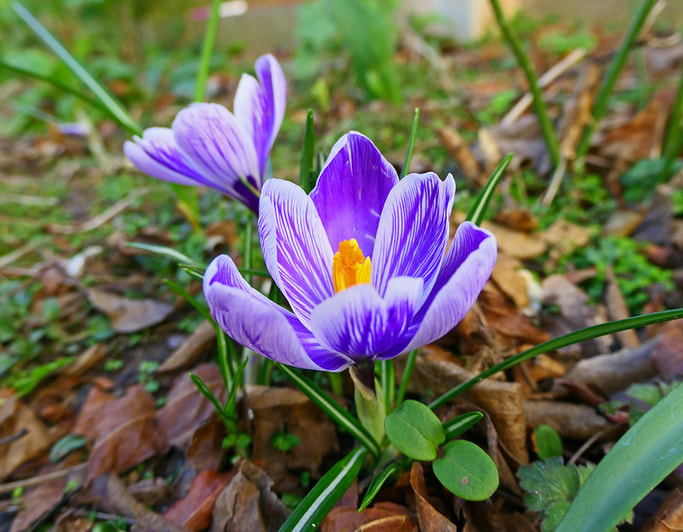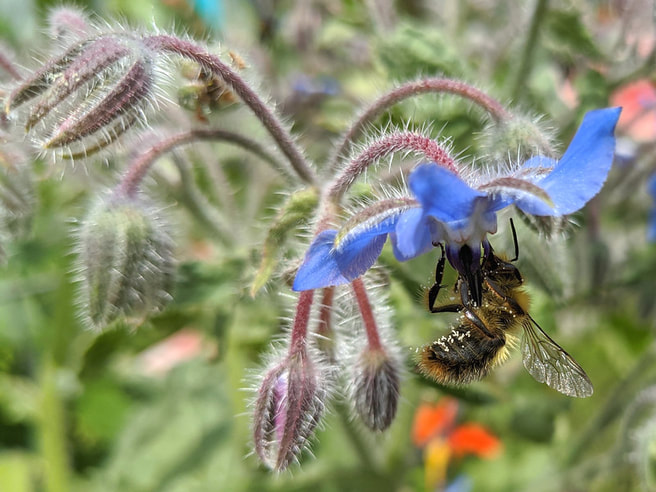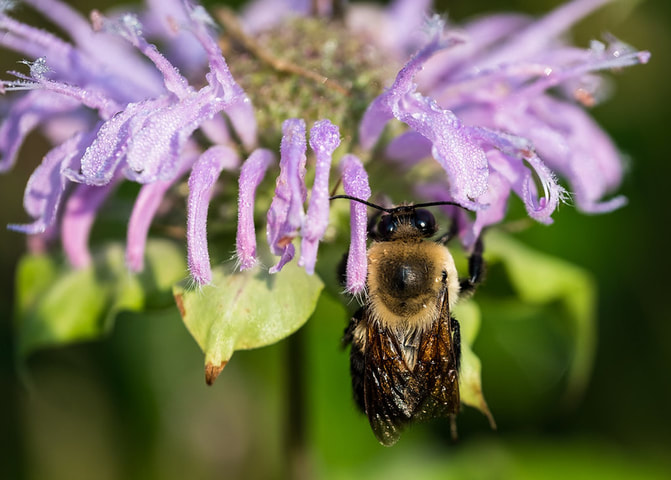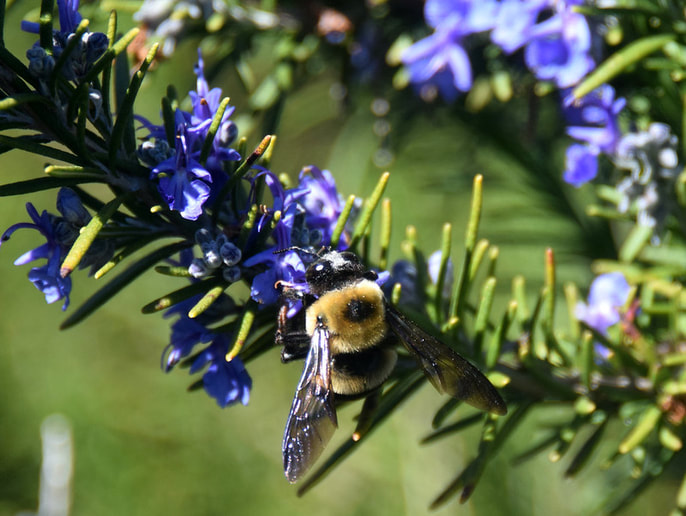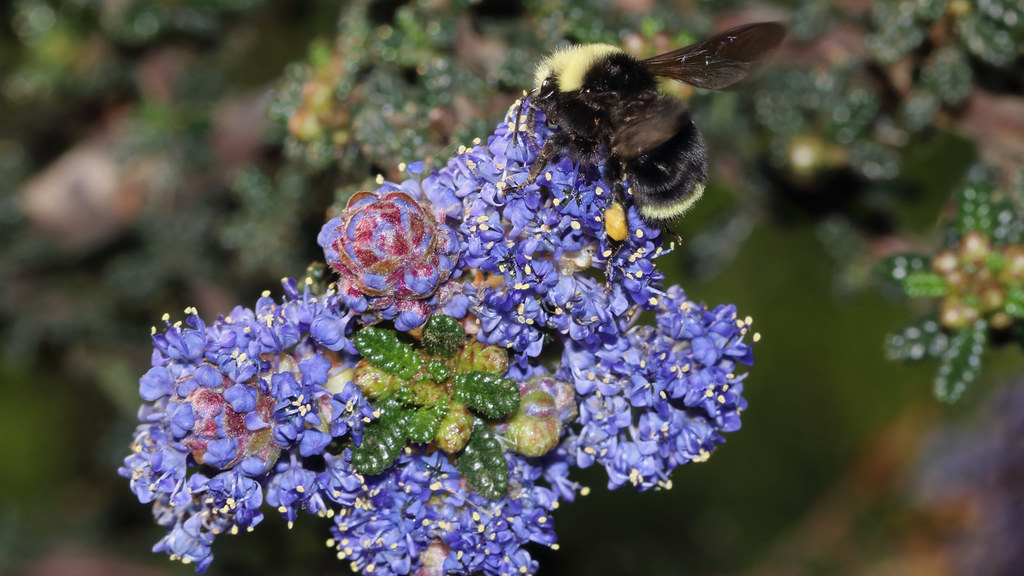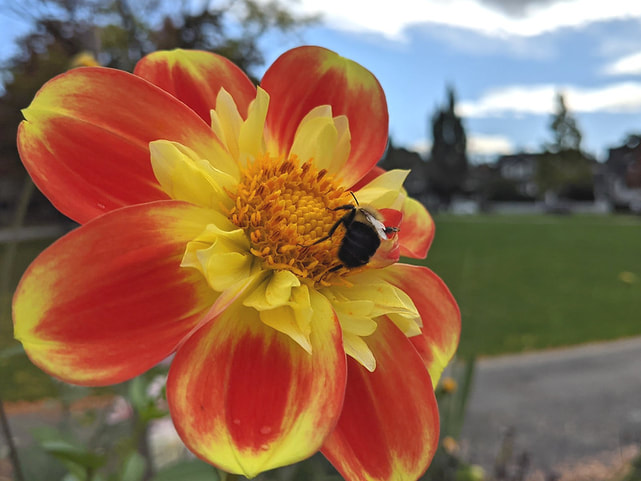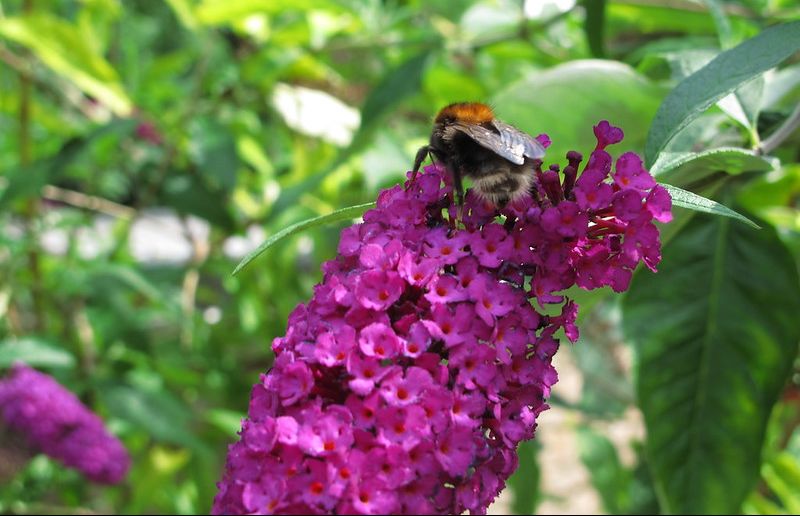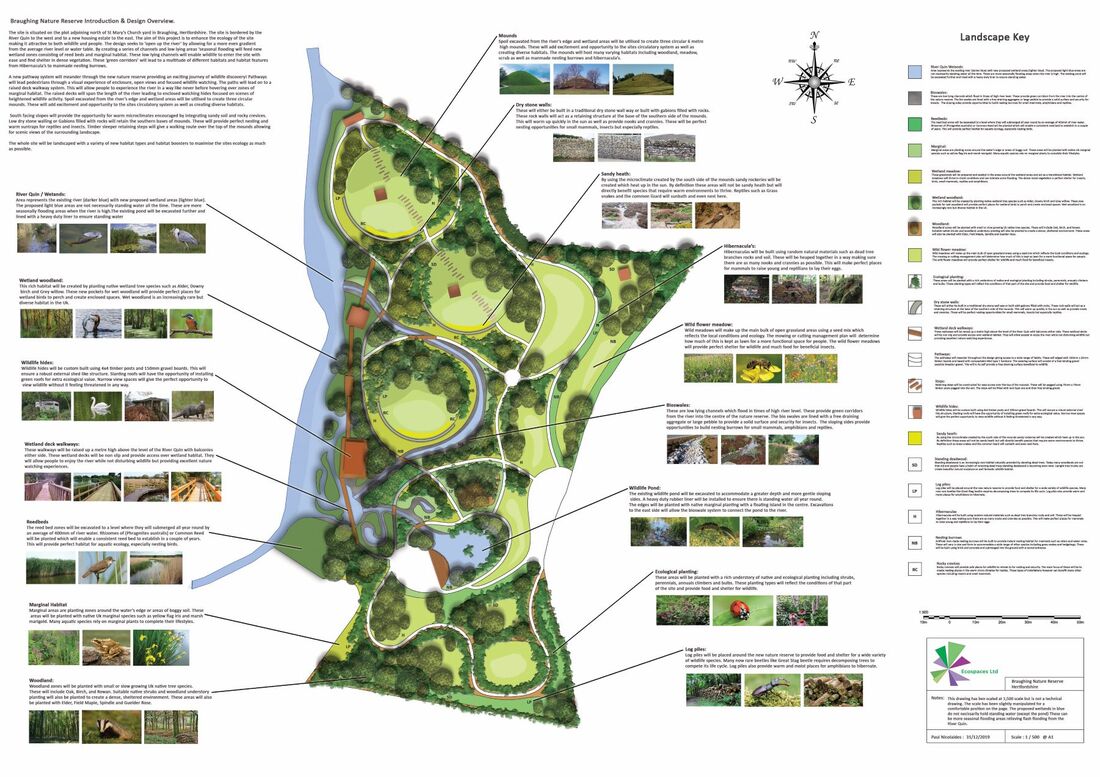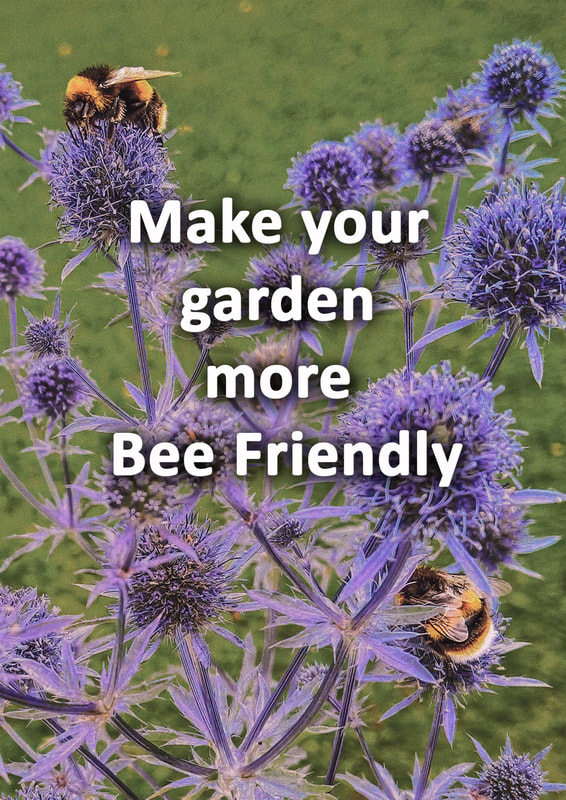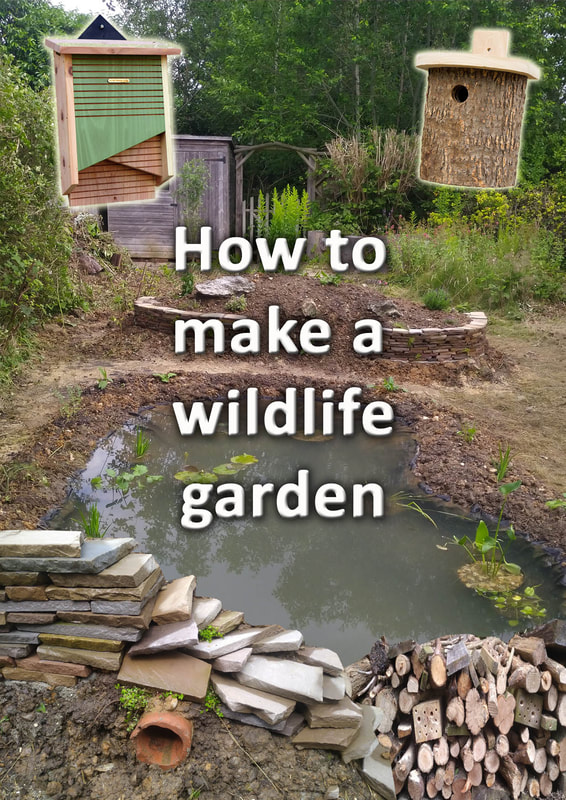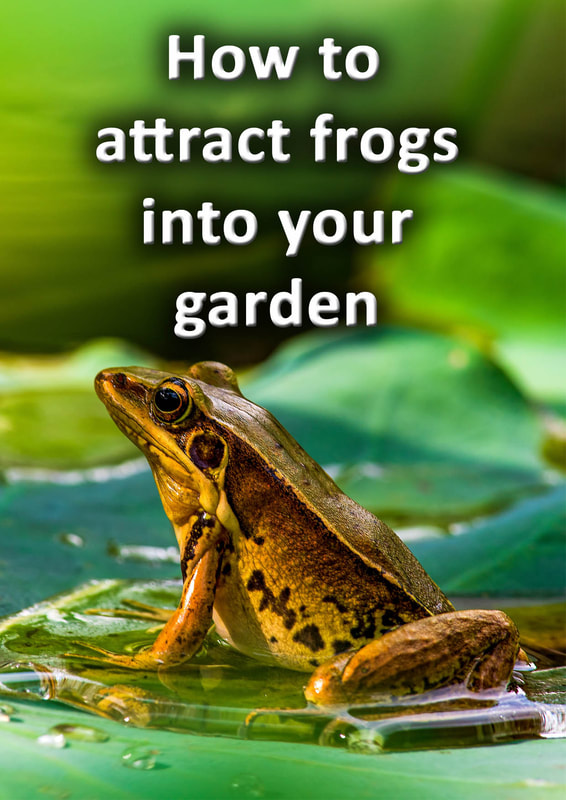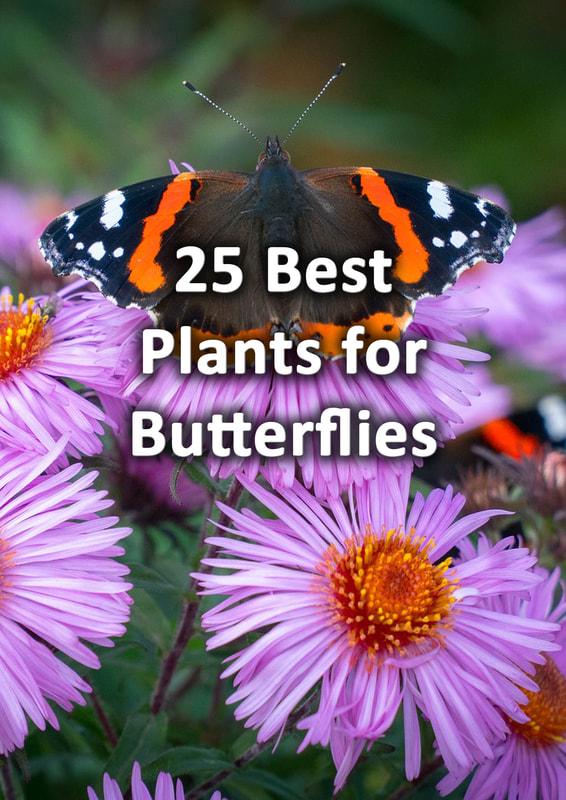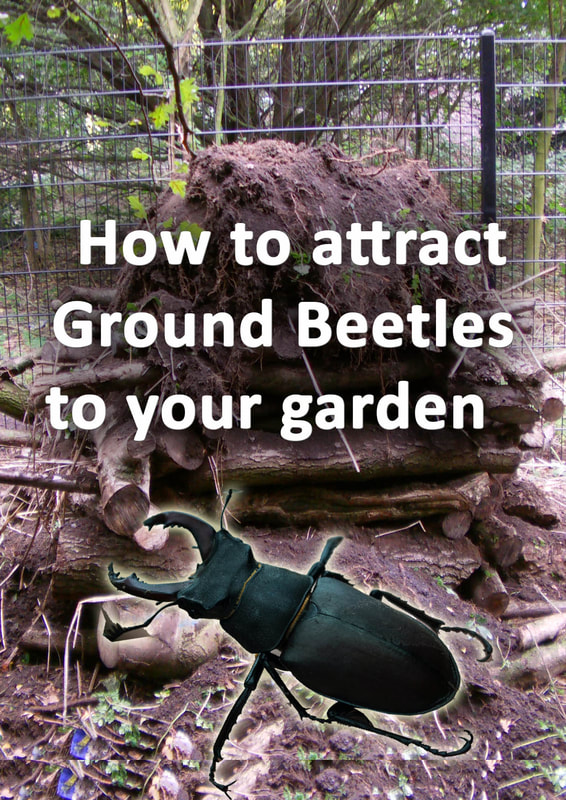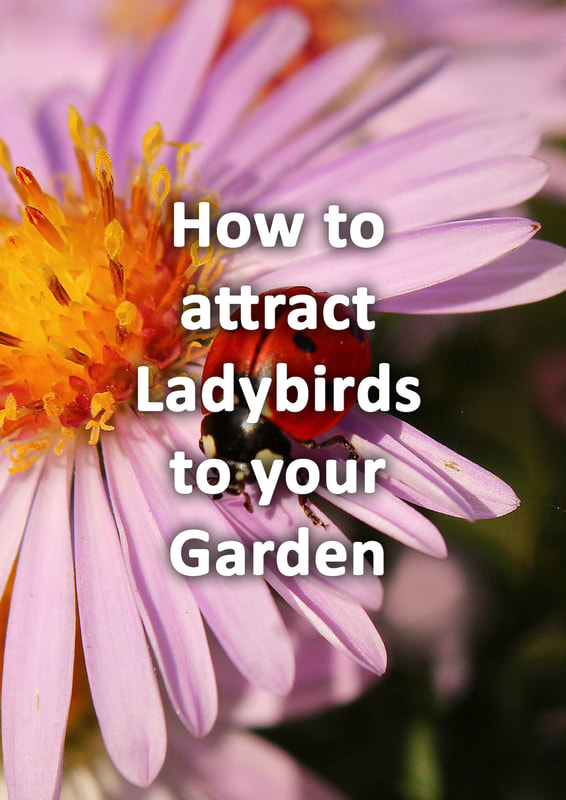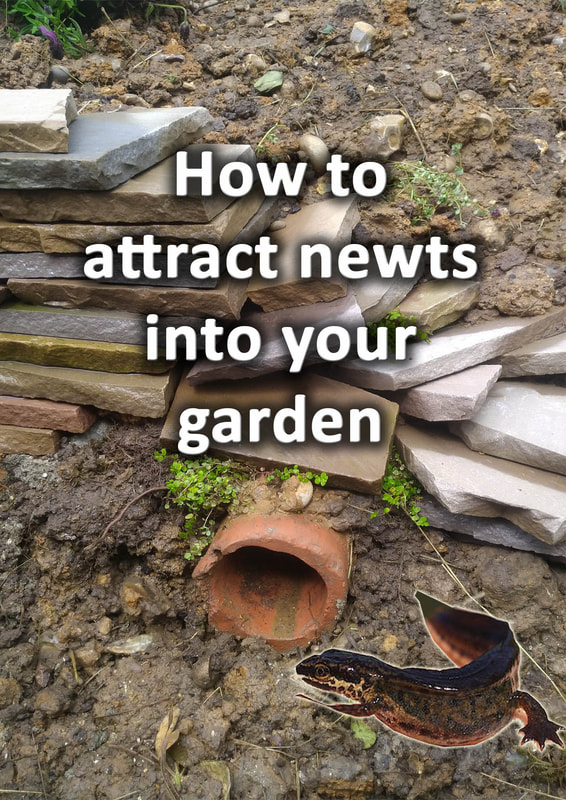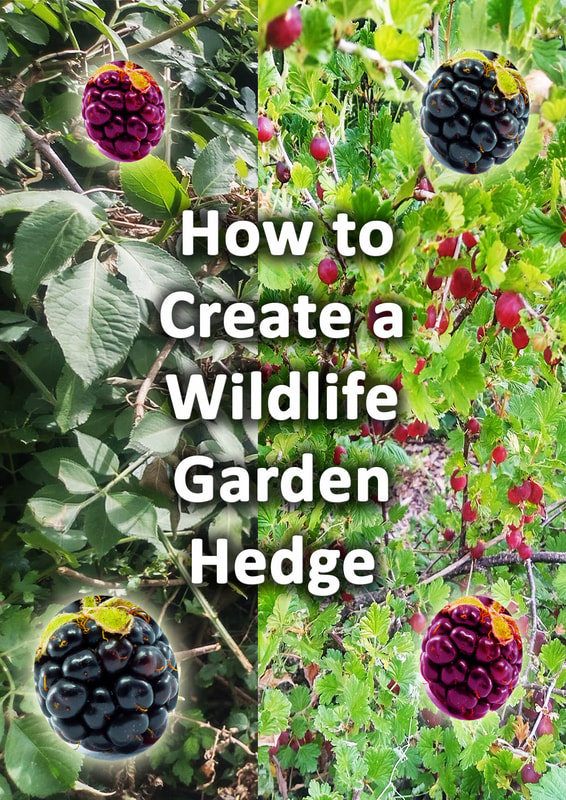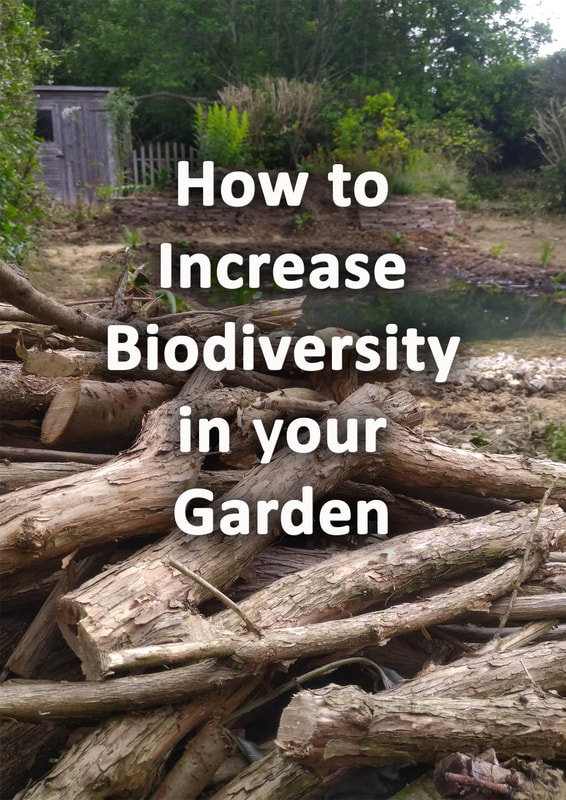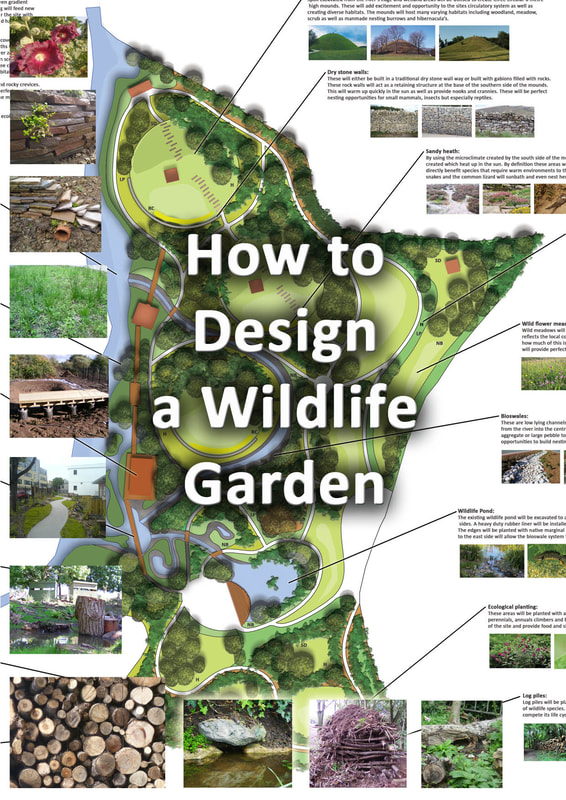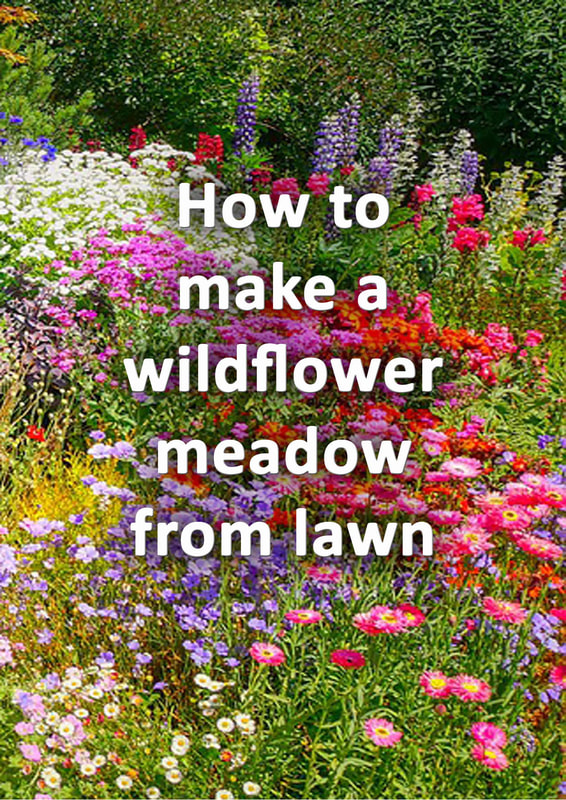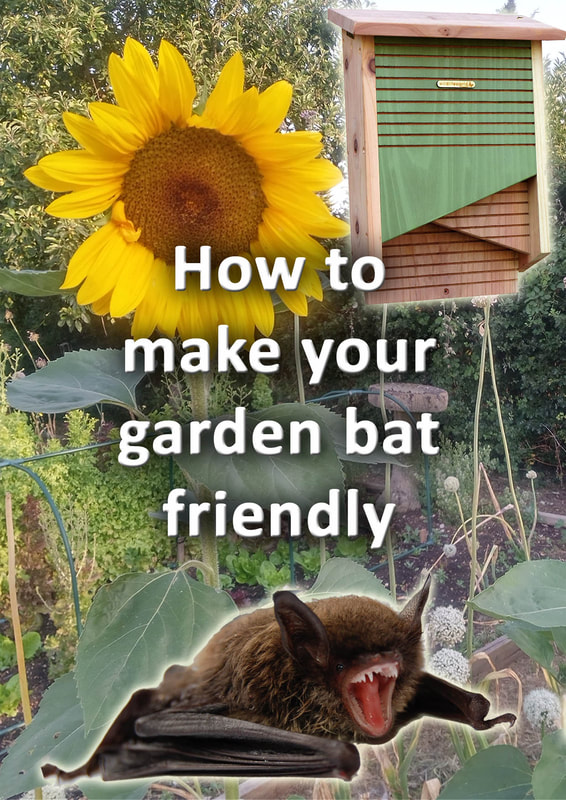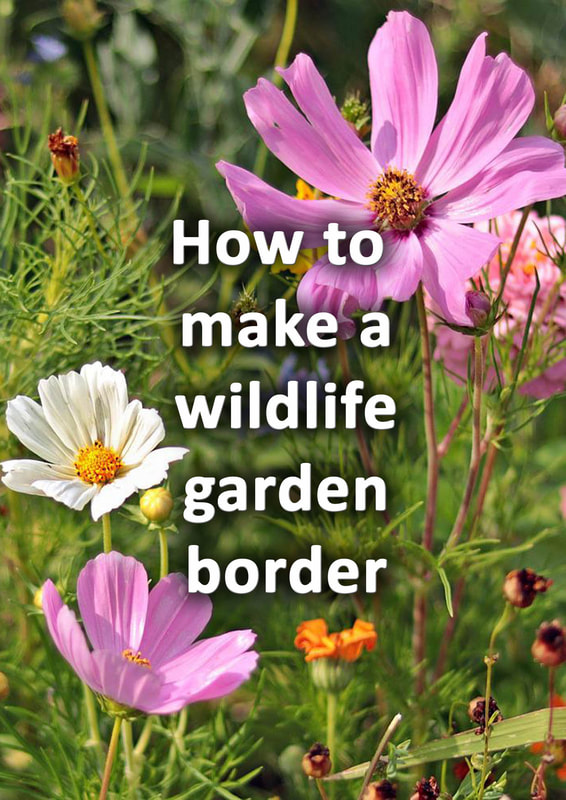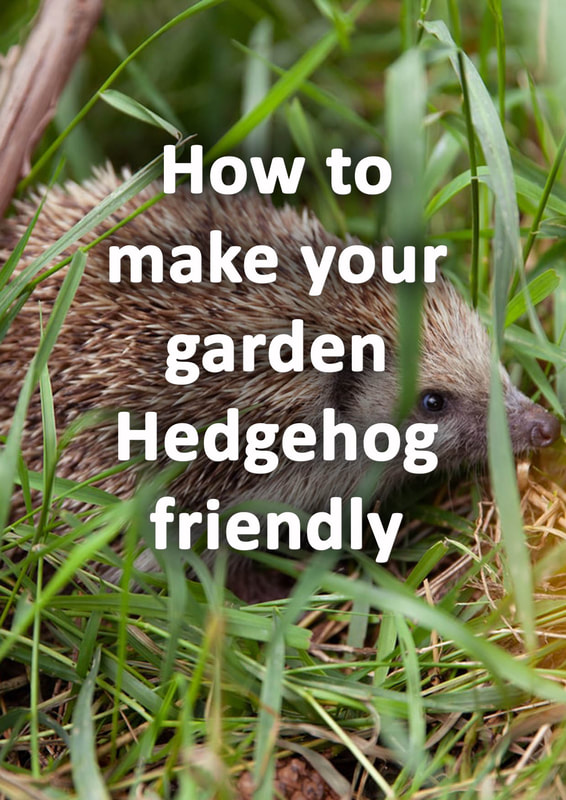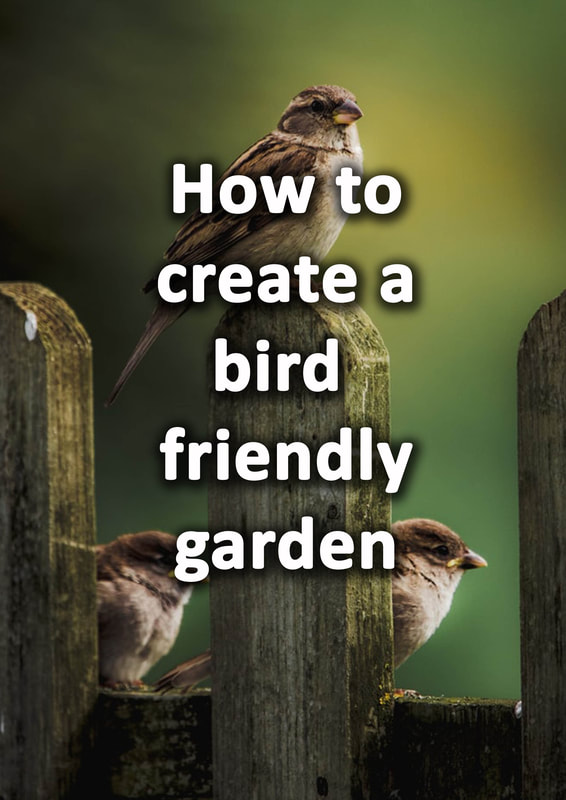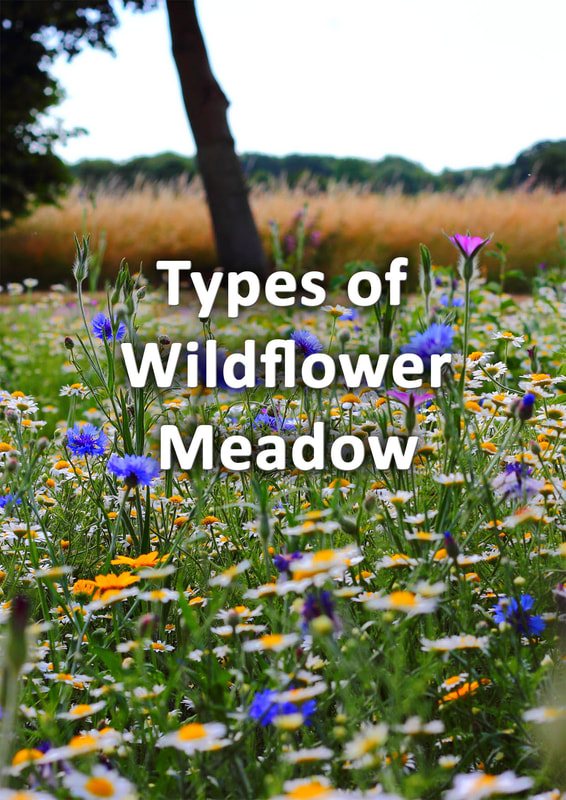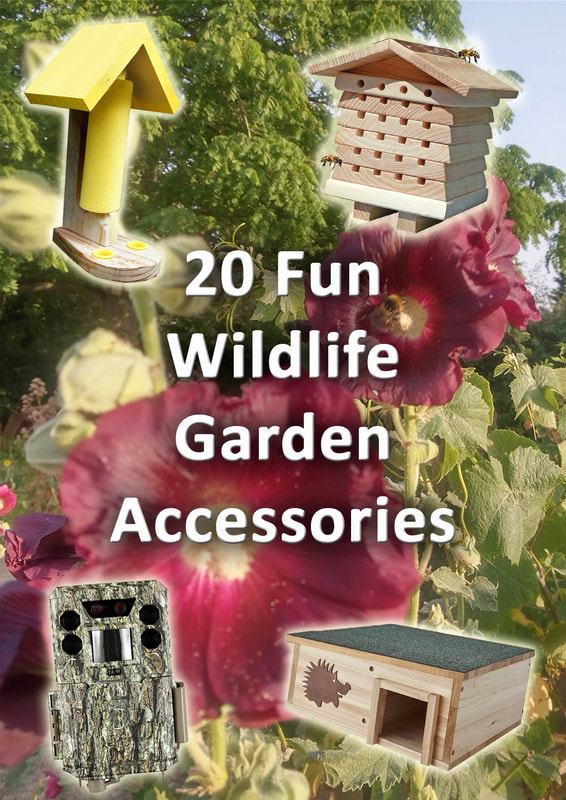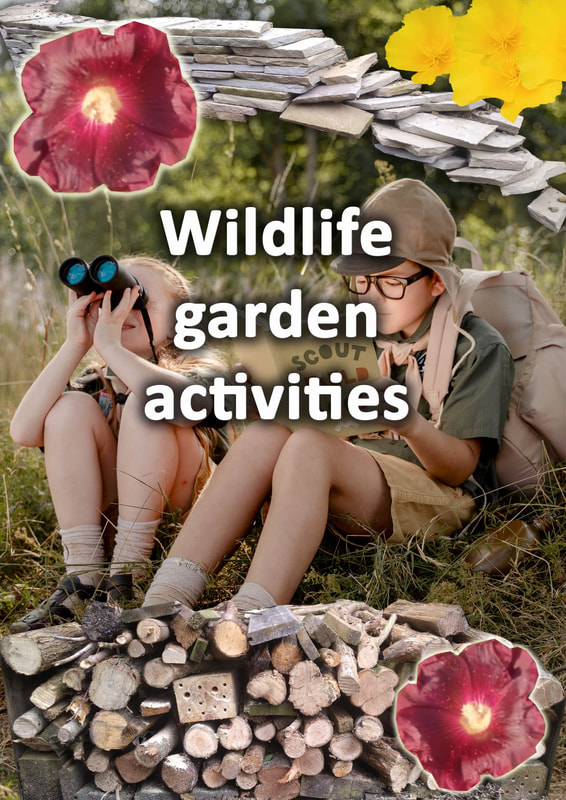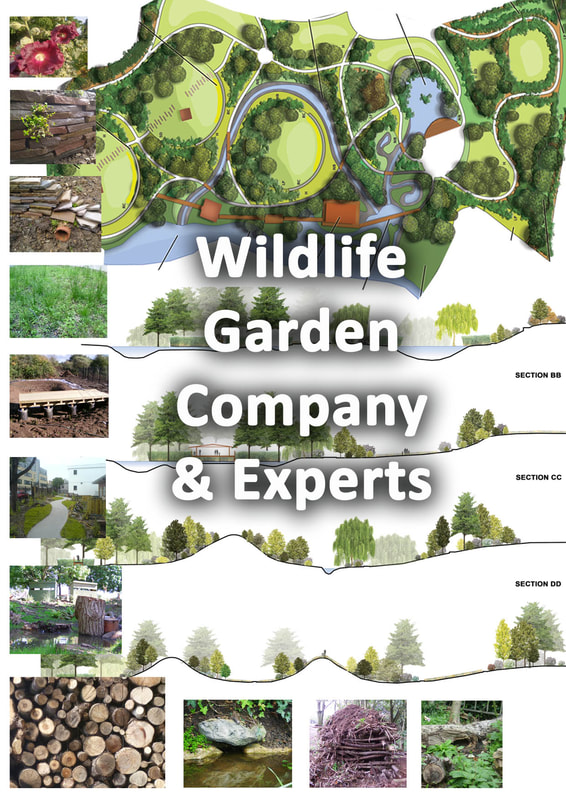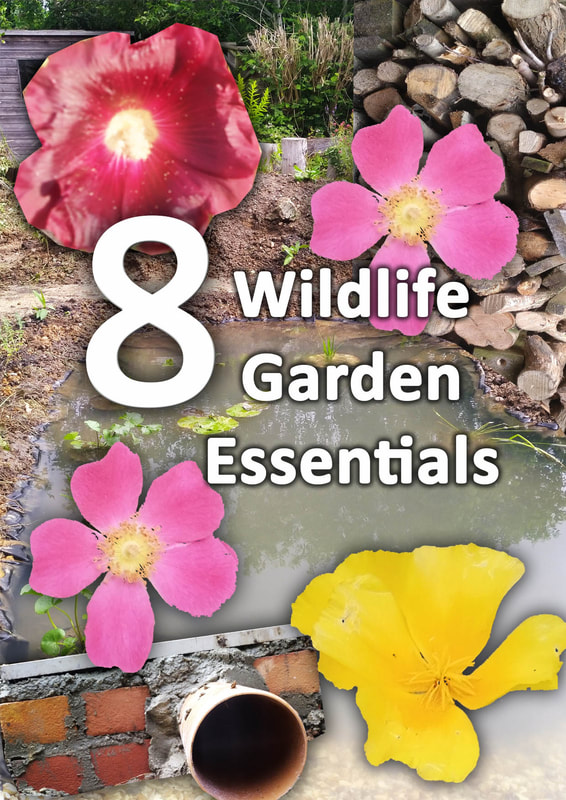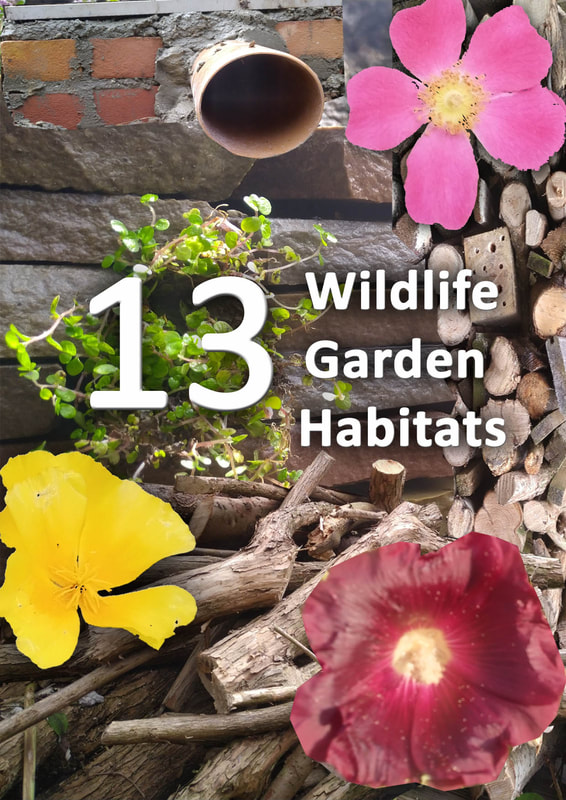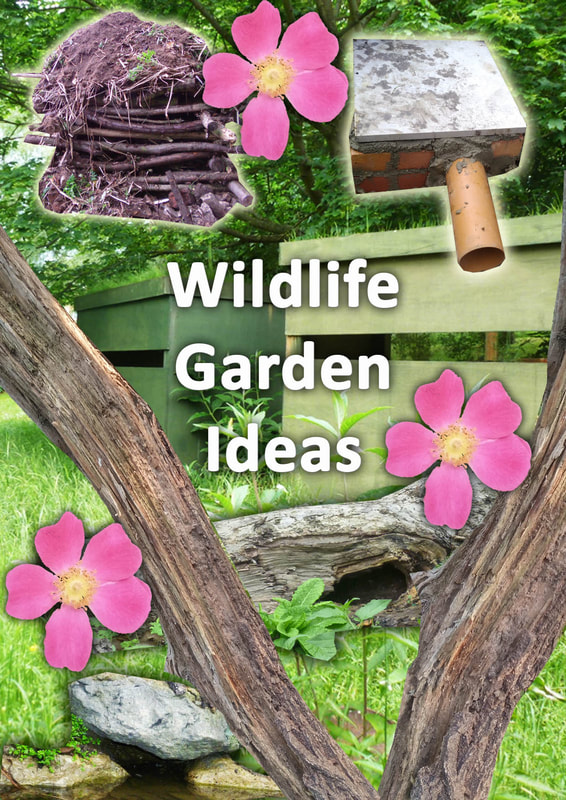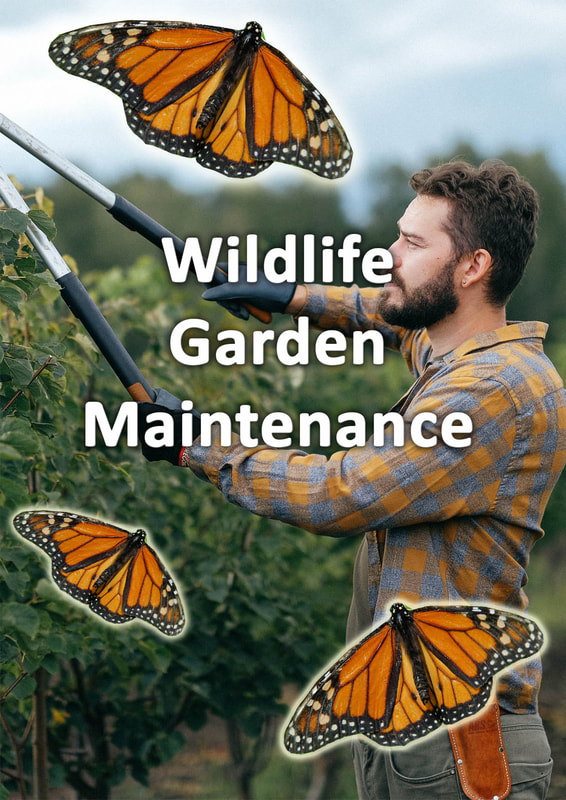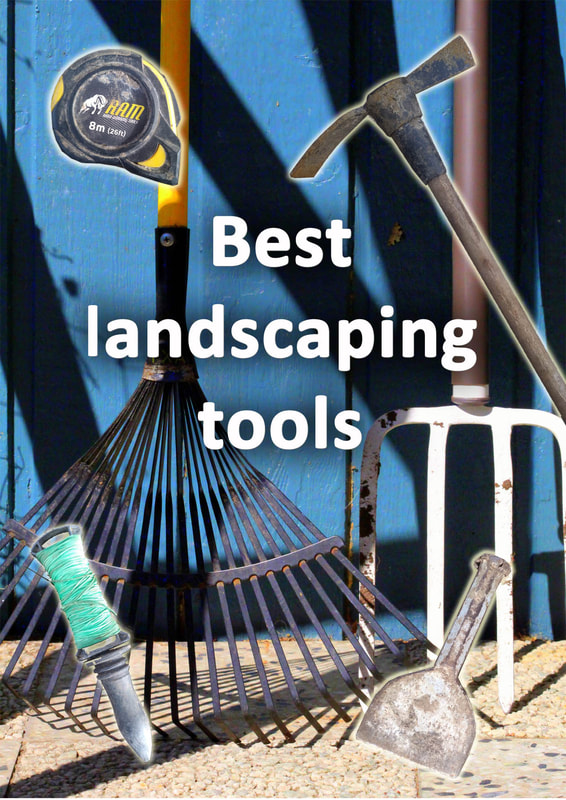|
This article contains affiliate links
Bees are one of the most important flying insects on the planet!
These pollinators are essential for the pollination of flowers which is vital for plant reproduction. It is said that bees pollinate 40 percent of all the food humans consume. This makes them particularly valuable to us and their conservation essential. In the UK alone the economic value of bees is said to be around 1.8 billion pounds.
Sadly numbers of bees have been declining at an alarming rate for many decades. A combination of intensive agriculture, habitat loss and insecticides has led to a dramatic reduction in their numbers.
With an ever growing desire for global conservation, many are now trying to help bee numbers recover. There are around 16,000 different species of bees around the planet and all need our help. One of the very best ways to start helping bees is by providing their favourite food, plants. Therefore in this article we will list the 25 best garden plants for attracting bees. Plant these bee loving plants in your garden and make your backyard a bee paradise! 1. Alliums
Alliums cover all plants within the Onion family including shallots, garlic, leeks and chives. All of these plants are loved by bees in the garden especially when they flower. The aromas by these plants can also repel other creatures which are pests within the garden. 2. Hypericum
Hypericum or St John’s Wort is a small shrub which is extremely popular and widespread. During the summer it has five lobed flowers which are extremely popular with bees. This plant is also very sought after by solitary bees and other beneficial insects such as hover flies. 3. Comfrey
Comfrey is a very interesting perennial plant which is native to Europe and Asia. It is famous for being a mineral accumulator and a fertiliser plant. This is because it has extremely deep roots which penetrate the sub soil layer. These plants flowers are extremely popular with bees and especially honey bees. 4. Lavender
Lavender is a well known herb which is commonly used in bath products such as soaps. It has a pleasant and distinct aroma which is instantly recognisable. This Mediterranean plant likes well drained soil and is drought tolerant. Bees gorge themselves on the small, blue flowers which are rich in nectar. 5. Geranium
Geranium is a very diverse family of flowering plants which are very popular amongst gardeners. The more wild an creeping varieties also known as 'Cranesbills' make fantastic ground covers. Such geraniums have bell shaped flowers which are regularly visited by bees. 6. Cotoneaster
Cotoneaster has become a popular choice in gardens with a few varieties to choose from. Native to Asia these shrubs have small flowers and attractive fruits in late summer. Bees particularly like to feed from the flowers of Cotoneaster horizontalis in summer. 7. Ivy
Ivy is pretty much familiar to everyone across the temperate, northern, hemisphere. This woodland climber spreads easily and clambers over large trees and manmade structures. As loathed as it is by many gardeners its autumn flowers provide a last buffet to bees before hibernation. 8. Foxgloves
Foxgloves are very attractive woodland plants native to Europe, Asia and North Africa. They have become very popular garden plants being extremely hardy with attractive, bell flowers. The blooms are particularly favoured by bumble bees which can crawl right inside the large flowers. 9. Hollyhock
Native to Asia and Europe the Hollyhock has been bred from the wild Mallow family. Hollyhocks are attractive perennials with large, frilly, flowers. These tall flowers look fantastic in a summer border and bees absolutely love them. 10. Thyme
Well known to the masses as a popular cooking herb thyme is very common in herb gardens. However thyme also has many advantages as a landscaping plant. Its small leaves and spreading habit makes it an effective ground cover. Bees love to feed on the flowers during the summer months and can produce very tasty honey. 11. Sunflowers
Sunflowers are well known for their towering stems and singular, dominant, flower. These large annuals are perfect for making a bold statement in summer gardens and are easy to grow. When the flower bud opens bumble bees can spend long periods feeding on the rich pollen. 12. Cardoon
Cardoons are large and attractive, perennial, plants native to the Mediterranean. Their architectural and jagged foliage makes them a popular addition to the border. Also grown for its edible parts Cardoons are very closely related to the globe artichoke. When these plants flower, bees can spend long periods of time feeding on the blooms. 13. Aster
Asters are very attractive perennials which can grow to a height of around 1 metre. They have very attractive blue, daisy like, flowers which are extremely sought after by bees. These plants can easily be lifted and divided every year for new plants. 14. Fruit trees
Fruit trees cover a very broad spectrum of tree species but all of them are fed on by bees. Fruit trees are vital as they flower early in the season providing food for bees emerging from hibernation. After a long, cold, winter their flowers are a life line to very many bee species. 15. Catnip
Catnip is a very attractive herb and very popular with cat lovers! Apart of the mint family, catnip stimulates the cat’s senses sending them into a dreamlike and playful state. When the plant flowers dozens of bees can be seen buzzing around the plant, feeding on the flowers. 16. Beans
Beans are not only a great crop to grow in the vegetable garden they are also great for bees. Probably the most popular garden varieties are Runner, Green and Broad beans. All have attractive flowers which bees will happily feed upon. 17. LupinsLupins are actually a member of the bean family but grown more for their aesthetic qualities. Lupins being perennial come up every year and have tall flower spires full of colourful flowers. Bees happily feed themselves on the flowers during early summer. 18. Calendula
Native to southwest Asia and the Mediterranean Calendula is an attractive flowering plant popular in cottage gardens. These have long been popular as a cut flower and also has culinary and medicinal uses. Calendula is also very popular with bees who feed upon it throughout the season. 19. Crocus
Crocus is a spring, flowering, bulb with large colourful and attractive flowers. The blooms look rather exotic and are popular in lawns, borders and pots. Bees can be seen foraging from the nectar of Crocus during springtime. Like fruit trees their early flowers provide a vital source of food after winter hibernation. 20. Borage
Also known as the star flower, Borage is native to the Mediterranean and popularly grown in Europe. This plant readily self seeds and is sometimes grown for its medicinal and culinary uses. Bees love to feed on the flowers during warm, summer days. 21. Bee balm
Bee balm is more commonly recognised by its other name bergamot. This plant is a member of the bee family and famous for its strong aroma. Bee balm is a useful herb for making flavourful teas. Bees are very attracted to the flowers including many of the solitary species. 22. Rosemary
Rosemary is a very well known herb and very popular garden plant. Not only does it feature in herb gardens it is also an effective evergreen shrub. Rosemary can be utilised for low hedges and trailing varieties for ground cover. In summer it produces many small purple flowers which are loved by local bees. 23. Ceanothus
Also known as the Californian Lilac, Ceanothus is a very popular garden plant within the border. It has small, dark green, leaves and aluminous purple flowers. Its evergreen foliage and attractive blooms make it a regular in the flower border. The flowers are also very much liked by many species of bees. 24. Dahlia
Dahlias are attractive, perennial plants grown for their colourful and diverse flowers. Bred for many decades for their beauty these flowers have some of the most striking petal arrangements. Growing from a tuberous root system this plant is always very sought after by hungry bees. 25. Buddleia
Sometimes called the 'Butterfly bush' Buddleia is also much loved by bees for its rich nectar. This shrub is originally from Asia and has the ability to colonise inhospitable conditions. Buddleia can be seen growing on the roofs of buildings and even through cracked brickwork. This makes it extremely drought tolerant and resilient to difficult growing conditions. Wildlife garden & planting servicesBuckinghamshire landscape gardeners are experts in wildlife garden design and construction. Acting as the domestic landscaping part of Ecospaces we have over 20 years' experience in ecological landscaping and sustainable construction. If you are interested in our wildlife garden services please do not hesitate to contact us. Our wildlife garden services include:
Thank you for reading our article on the 25 best garden plants for bees. If you would like more information on how to make your garden bee friendly read our article here. Planning on building your very own wildlife garden? Why not visit ourcomplete guide here. Useful links for the best plants for attracting bees
Top 10 plants for bees | Thompson & Morgan (thompson-morgan.com)
Best Plants For Bees | BBC Gardeners World Magazine 20 Flowering Plants That Attract Bees - Pollinator-friendly Plants (countryliving.com)
'As an amazon associate I earn from qualifying purchases'
1 Comment
Lovely, thanks for sharing! Pollinators are attracted to different colours, so I always recommend planting a spectrum of varieties. Have you found success with a particular colour? For some reason, bees love ceanothus in my garden - they must have a thing for purple!
Reply
Leave a Reply. |
The Author
|
Landscaping services across Buckinghamshire, Amersham, Aylesbury & High Wycombe
Hyde Heath, Amersham, Buckinghamshire |
|

